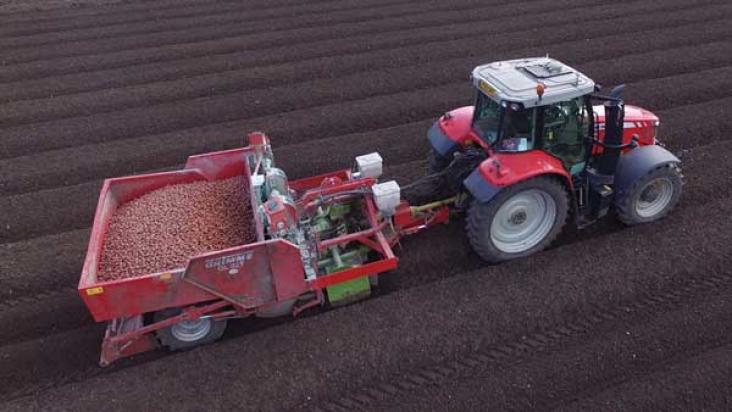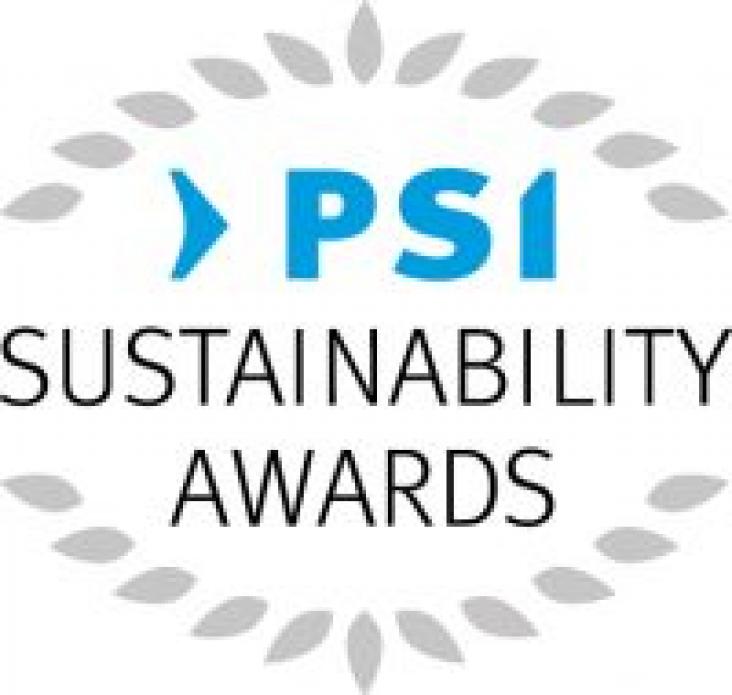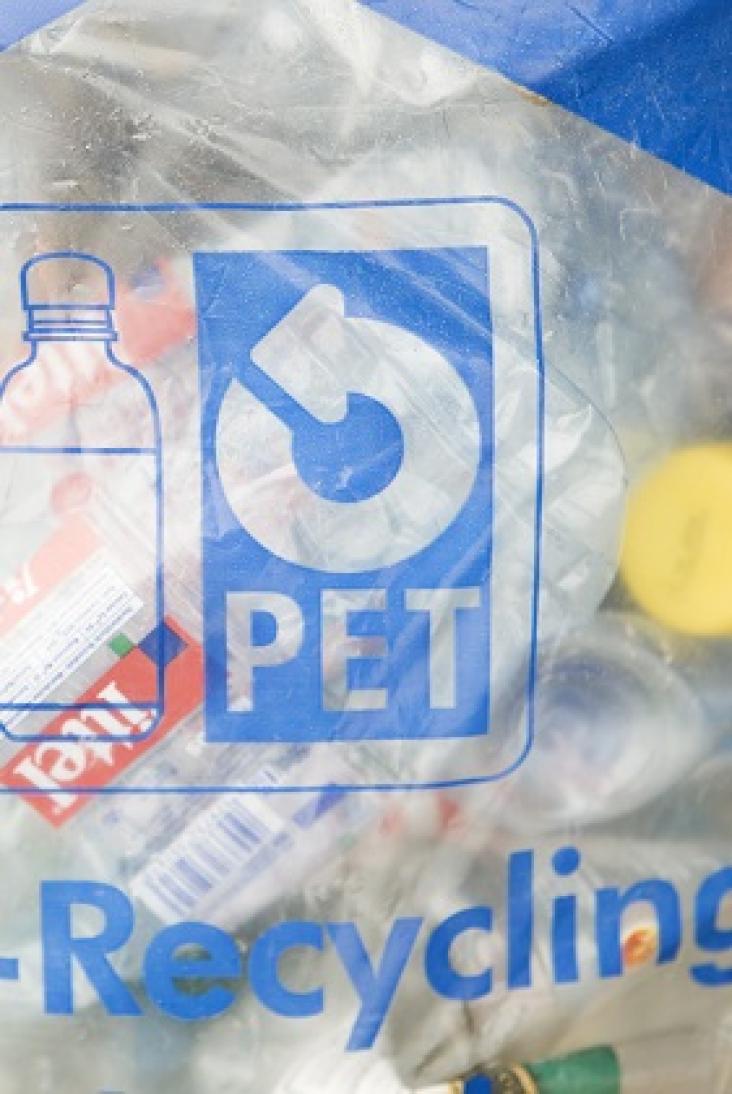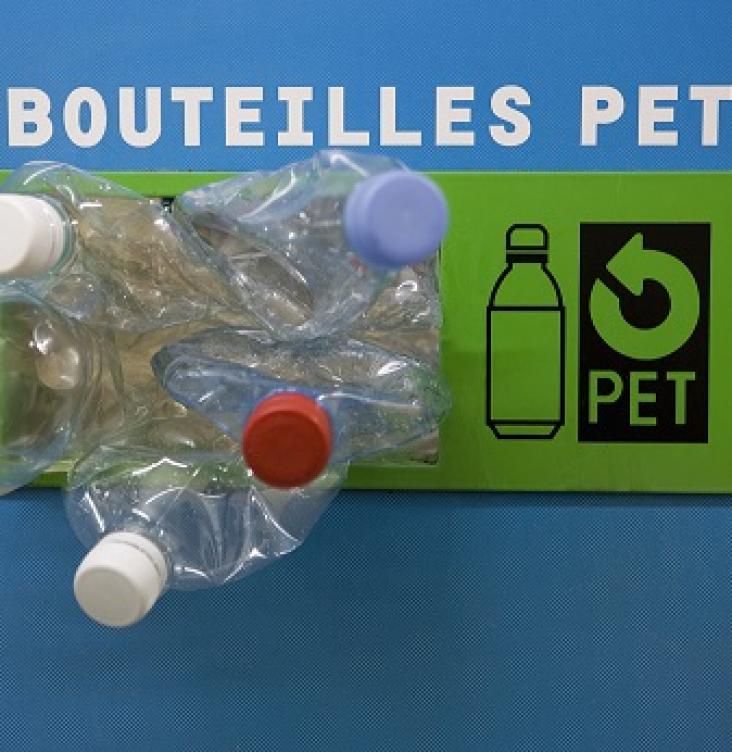
This article explores how innovations can be used to advance goals 2 (zero hunger) and 12 (sustainable consumption and production). Nematicides - products for controlling soil-borne pests in root crops - are under threat of further regulation or withdrawal due to their toxicity. The Nematicide Stewardship Programme is demonstrating they can be used responsibly and safely to ensure their approval is maintained. But one farmer has taken it a step further by using technology to ensure his nematicide is applied accurately.

WTM Latin America is the three day must-attend business-to-business (B2B) event which brings the world to Latin America and promotes Latin America to the world. Through its industry networks, unrivalled global reach, WTM Latin America creates personal and business opportunities, providing customers with quality contacts, content and communities. Tourism is mentioned specifically in three of the SDGs: 8, 12 and 14. A responsible tourism seminar was part of the events programme in 2017 and two panellists explored what the idea of sustainability means for tourism and tourism businesses.
As emerging contaminants, antibiotic resistance genes (ARGs) have become a public concern.

Supporting Goal 12: Responsible consumption and production, the PSI Sustainability Awards recognise the sustainable potential and distinct self-responsibility of the promotional products industry and award sustainability achievements comprehensively

Supporting Goal 12. Higher plastics recycling targets in the EU do not necessarily have to be detrimental to EU polymers producers, who will find new business opportunities in the recycling industry. EU countries will need to improve their recycling systems in order to achieve a more unified approach.

Supporting Goal 12. The EU should keep and recycle its “valuable plastic” within a “single circular economy”, according to the European Commission’s vice president for jobs, growth, investment and competitiveness
Wasting food is one of the rare problems that affects our ability to achieve economic goals in terms of food security, environmental sustainability, and farm-financial security.
Globally, agriculture has intensified during the past 50 years due to increased mechanization, changes in the timing of farming operations, grassland conversion to cropland, and increased agrochemical
Supporting Goal 12. The use of plastics in packaging has been thrust into the spotlight in recent months. A renewed focus on marine waste including microplastics as well as still high landfill rates for plastics has led for calls for a reduction in single-use plastics.
Supporting Goal 12. Moving towards a circular economy for nylon is a matter of when, not if, according to the CEO at one of Europe’s largest manufacturers of nylon textile filaments, Italy’s Aquafil.
